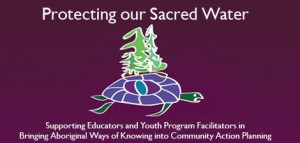On October 2, students, teachers, grandparents and community members of Belle Anse gathered in the basement cafeteria to cut vegetables grown in their own school garden and prepare a delicious stew.
Supervised by mothers and grandmothers, the whole school was thrown into action, peeling, chopping veggies and rolling meatballs. What a sight!
While the stew was cooking, everyone went upstairs where different aged children gathered in small groups with a grandparent or community member to read a book from their reading level while teachers circulated. It was really wonderful having adults and family members witness the wonderful work of the school.
Next on the agenda was the ceremonial opening of the new (when I say new, I mean the space was previously a storage room) school library. The space was bright, freshly painted and filled with new books grouped by reading level. The renovations were made possible by the hard work of staff and students, making the case that Belle Anse Elementary deserved an award from the Indigo – Love of Reading Foundation .
The ceremony included a ribbon cutting and a listen to a recording of a phone call where the principal Beryl Boyle was informed they had won a good sum of money to put their dreams into action. You can hear the reaction by clicking here and looking for Belle Anse School. Listening can’t help but bring a smile to your face.
After the presentation, the students went outside for recess to work up an appetite. When the time came, everyone gathered in the cafeteria. A few words were said about everyone’s collective effort, from growing the potatoes to peeling them and then came delicious hot stew. Yum!
I have to thank the teachers of Belle Anse Elementary and especially Principal Beryl Boyle. I’ll proudly call her a principal leader, creating the conditions for a great school, sometimes behind a desk and sometimes by showing kids how to make a stew. Thanks everyone!
